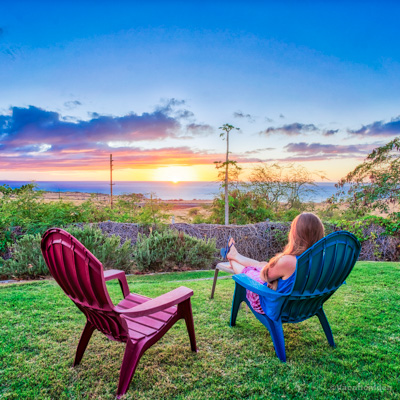The Largest Cities in Oregon
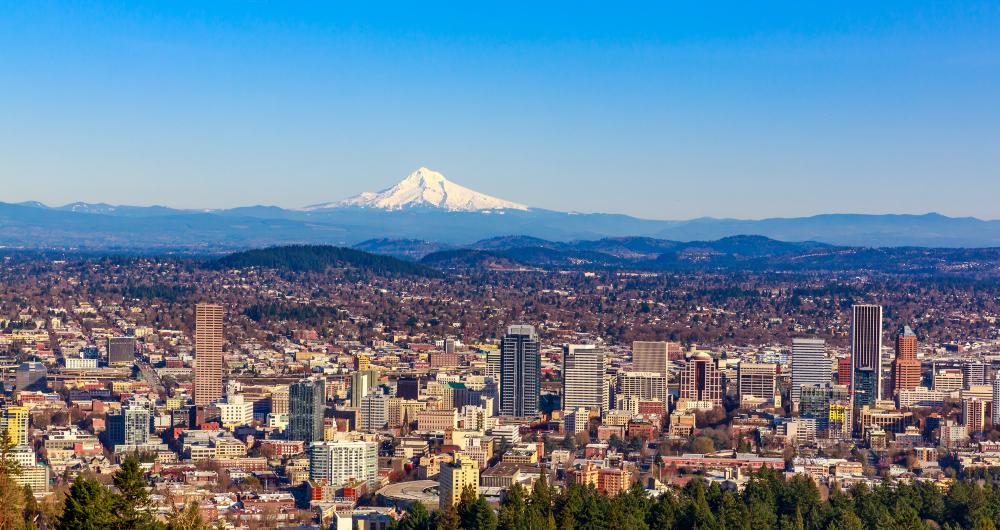
Searching for the largest cities in Oregon? Well, you are in the right place!
Oregon’s largest cities are packed with personality: lush landscapes, creative communities, and a strong dose of Pacific Northwest cool. Whether I’m hiking, sipping craft coffee, or browsing indie bookshops, there’s something fresh around every corner.
Portland leads the way as Oregon’s largest city, known for its food trucks, art scenes, and eco-conscious lifestyle. Eugene and Salem have nearly the same recent population estimates so it's hard to say whether Eugene or Salem is "larger".
Although not in the top five cities in terms of population, Bend (the sixth most populous city in the state and the largest city in central Oregon) draws outdoor lovers with skiing, hiking, and a booming craft beer scene. And Medford (one of the larger cities in southern Oregon) is the southern gem—close to Crater Lake and nestled in the heart of Oregon’s Rogue Valley wine region.
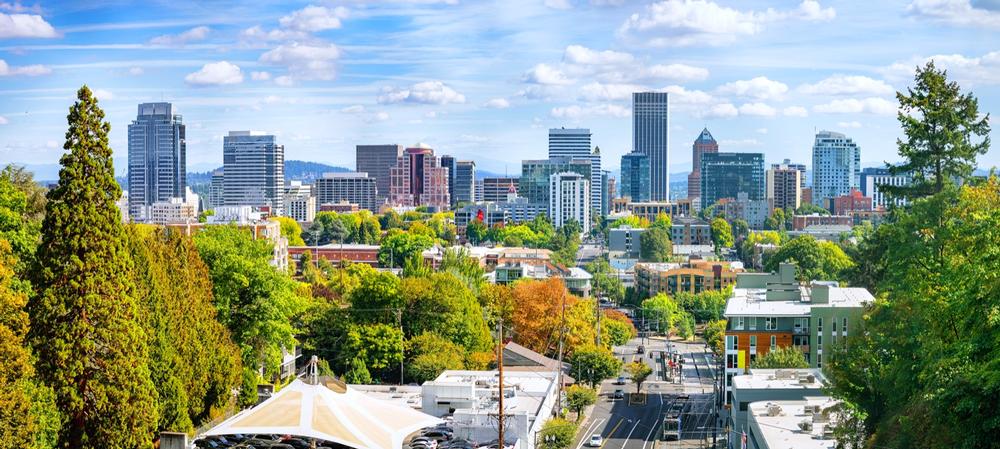

1. Portland
Located in Multnomah County, of which it is the county seat, this is by far the largest city in the state of Oregon and, for me, one of my favorite places to visit in Oregon. Nicknamed the "City of Roses", it covers an area 133 square miles and has an estimated population of 615,267 (as of the 2025 recent estimate), with over 2.5 million in the surrounding metropolitan area.
This place was founded in 1845 and quickly developed into a major economic and cultural center for the state of Oregon. Located at the confluence of two major rivers, the Columbia and the Willamette, Portland has always been a big trade and transport destination.
For a truly unique place to stay, check out the 4-star Heathman Hotel in downtown Portland that has retained AAA Four Diamond status for over 30 years.
- Location: Northwestern Oregon, at the confluence of the Willamette and Columbia Rivers
- Population size: Around 635,000 residents (over 2.5 million in the metro area)
- Map & Directions
What I loved best:
Walking and biking along the Waterfront Park paths was my personal highlight during my four week stay here, with views of the Willamette River and city bridges.
A downside? It can be rainy here, especially from fall through spring, something I'm no longer used to since living in Texas.
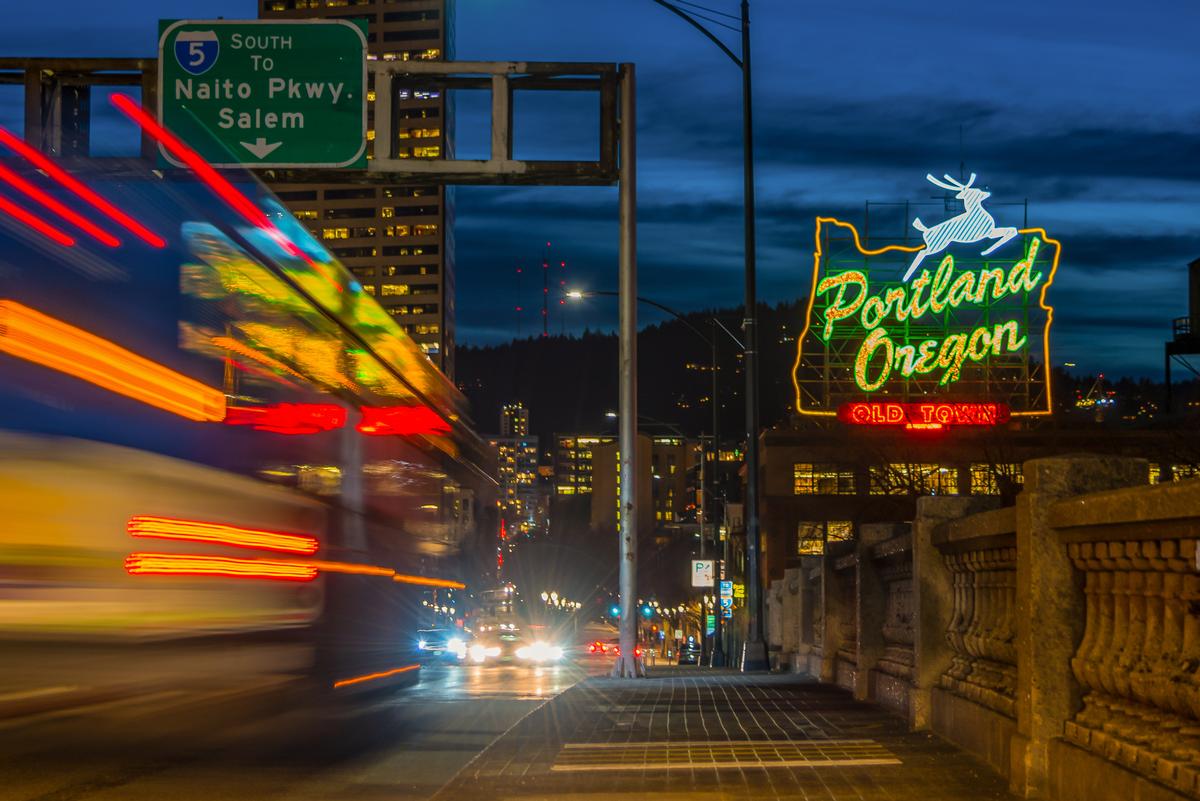

2. Eugene
Located in Lane County (where it is also the county seat), this city is currently the second largest city in Oregon (after Portland and tied with Salem). The city lies in the western Willamette Valley and covers approximately 44.18 square miles of land (plus a small water portion). As of the 2020 census, Eugene’s population was 176,654, and recent estimates place it around 178,000.
Eugene was founded (settled) by the mid-1840s and was incorporated on October 17, 1862. It is named after Eugene Franklin Skinner, an early settler who established the initial cabin/settlement site. Eugene is a major educational center in Oregon, home to the University of Oregon (and other institutions), and is well known for its outdoor recreation, including hiking, cycling, kayaking, and more. I love visiting Eugene and I think it's one of the West Coast gems seriously worth exploring on a weekend getaway or a longer vacation. It completely won me over and last month I stayed in an affordable rental for seven great vacation days.
- Location: Western Oregon, in the Willamette Valley along the Willamette River
- Population size: Around 178,000 residents
- Map & Directions
What I loved best:
Browsing the Saturday Market was my personal highlight (of course!), full of artisan crafts, music, and local foods.
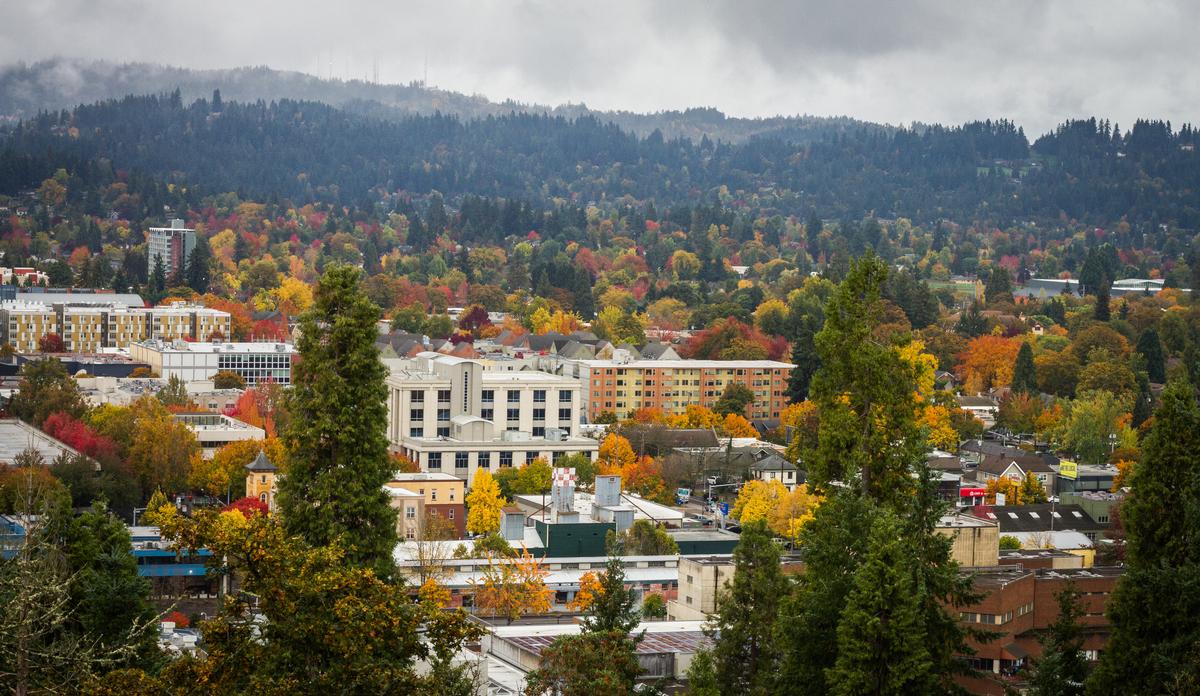
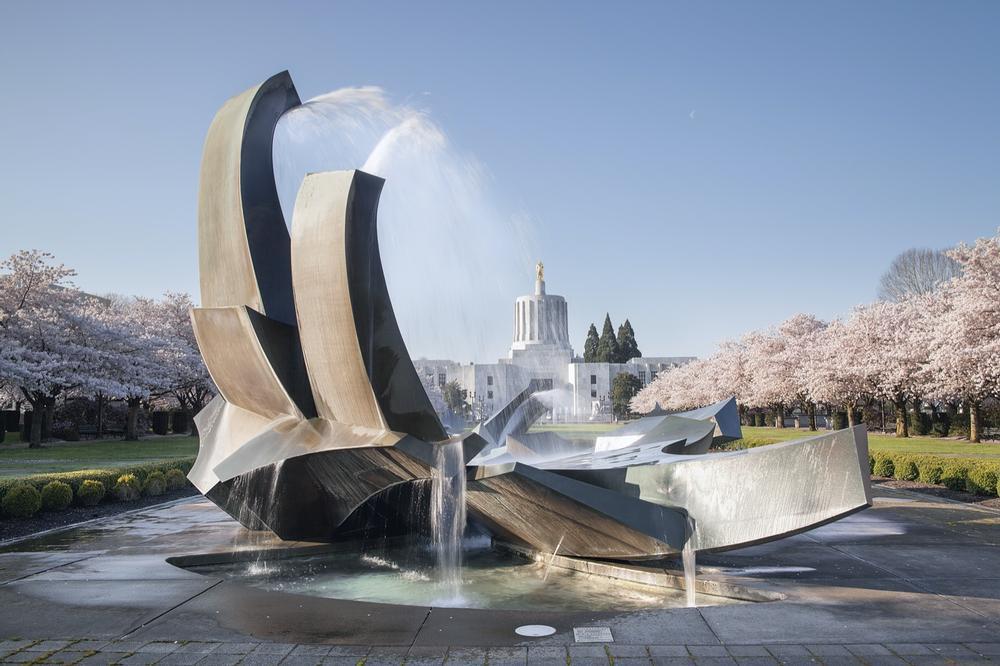
3. Salem
Salem and Eugene are so close in population that they nearly tied at this point but Salem is just slightly behind based on recent estimates...
Located in Marion County, of which it is the county seat, Salem is the third largest city in the state of Oregon. It is situated in the north-central Willamette Valley region of Western Oregon and is also the state capital. Salem covers an area of 49 square miles and has an estimated population of 175,535, with over 433,353 people living in the surrounding metropolitan area.
Nicknamed 'The Cherry City', Salem was founded in 1842 and quickly became the capital of the Oregon Territory, remaining as the offical state capital when Oregon became a state. The city is a key educational center for Oregon, being home to Corban University, Chemeketa Community College, and Willamette University.
- Location: Northwestern Oregon, in the Willamette Valley along the Willamette River
- Population size: Around 177,000 residents
- Map & Directions
What I loved best:
Wandering the peaceful grounds of Willamette University was my personal highlight, Oregon’s oldest university.
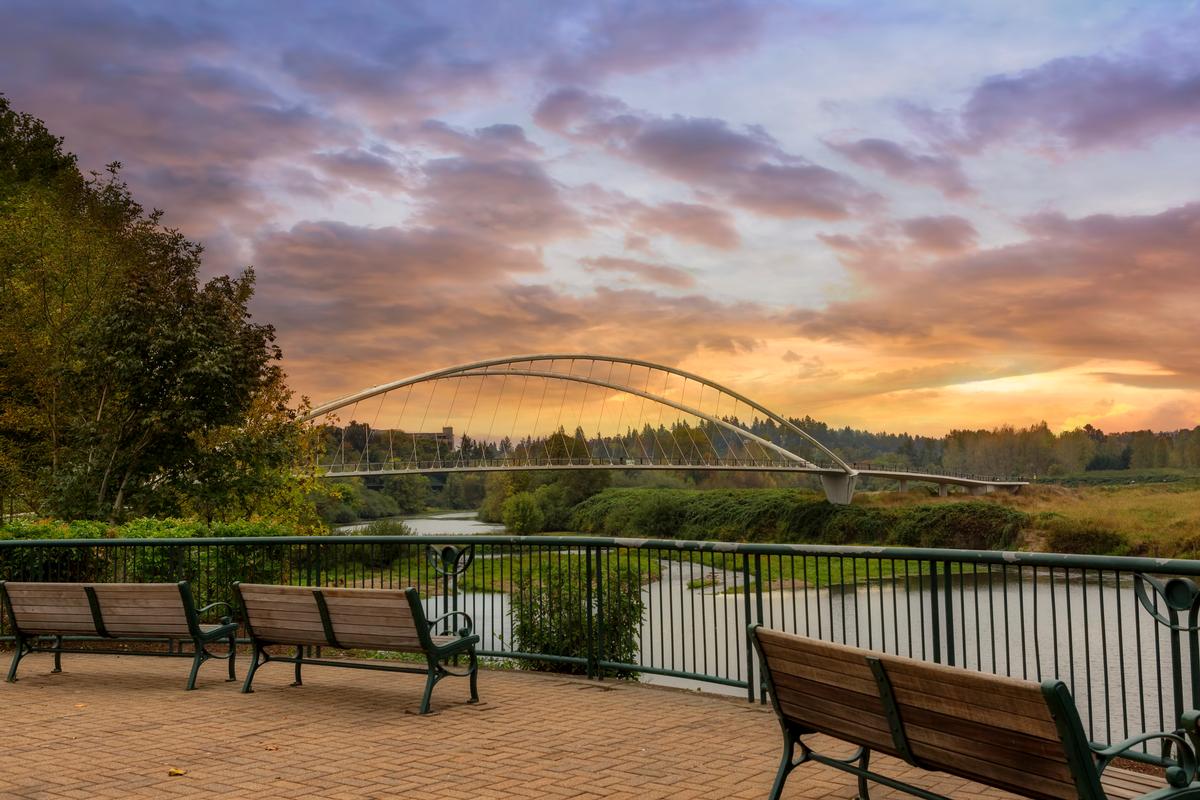
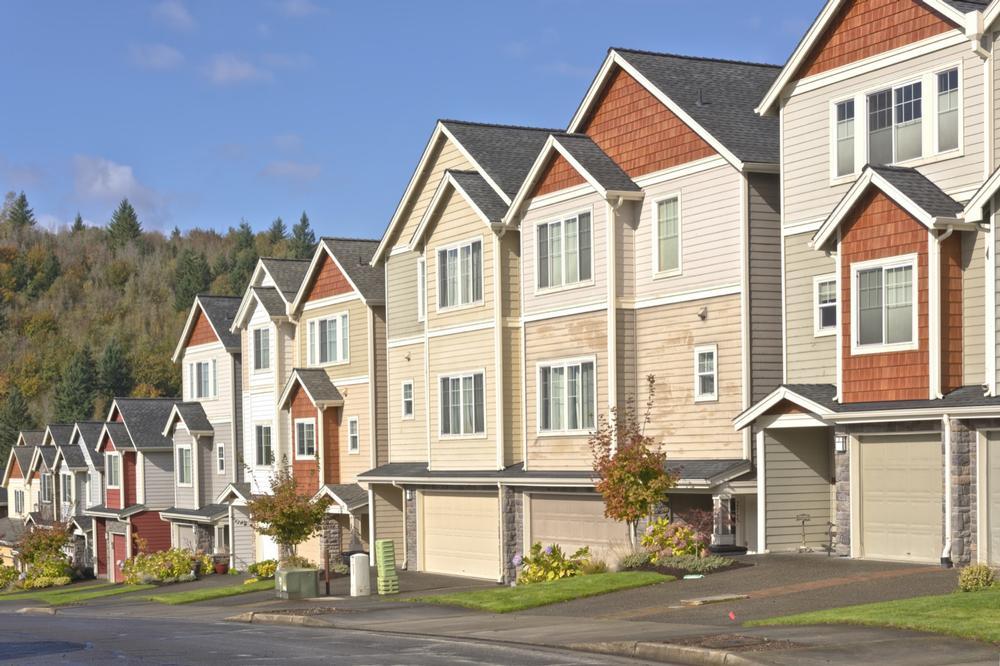
4. Gresham
Situated in Multnomah County, adjacent to Portland, this is the fourth largest city in Oregon. The city lies in the northwestern portion of the state as part of the greater Portland region and covers approximately 23.43 square miles (23.20 land + 0.23 water). As of the 2020 census, Gresham’s population was 114,247, with more recent estimates clustering around 111,000-113,000.
Gresham was settled in the early 1850s and later incorporated in 1905. It was named in honor of Walter Q. Gresham, a political and judicial figure. Originally a small agricultural community, the city expanded significantly through the 20th century, largely driven by its proximity to Portland and integration into the Portland metropolitan area (not Seattle). Gresham is home to several historic sites, such as the Jacob Zimmerman House and Louise Home Hospital and Residence Hall.
- Location: Northwestern Oregon, just east of Portland at the gateway to the Columbia River Gorge
- Population size: Around 115,000 residents
- Map & Directions
What I loved best:
Exploring the historic downtown district was my personal highlight, with its small shops and murals.
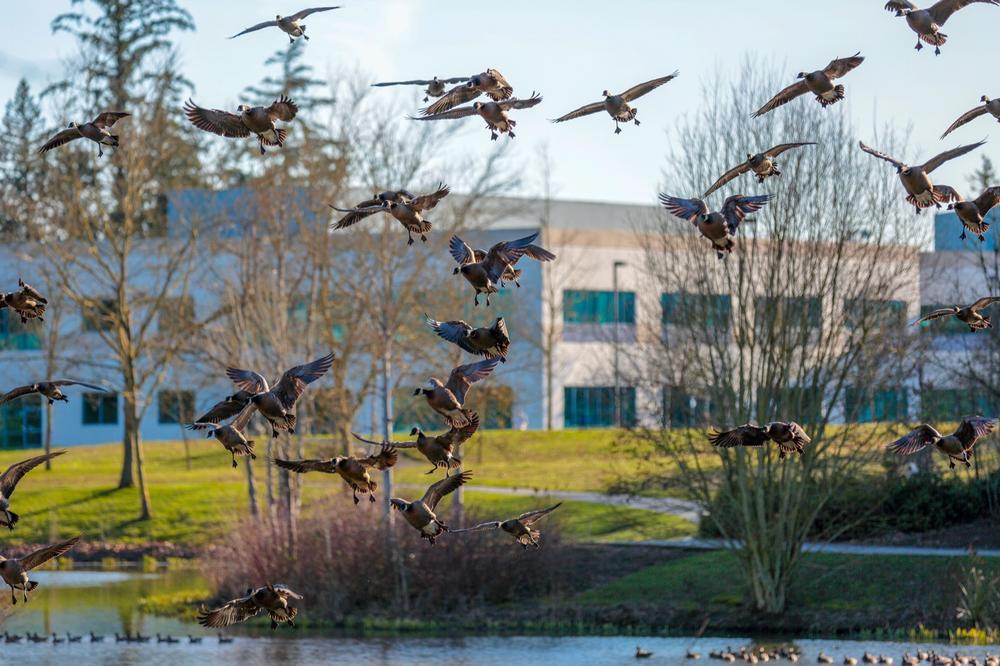
5. Hillsboro
Located in Washington County, where it also serves as the county seat, this is the fifth largest city in Oregon. The city lies in the northwest part of the state (within the Portland metropolitan region) and spans about 25.86 square miles. According to the 2020 census, Hillsboro’s population was 106,447, with more recent estimates (2025) suggesting around 108,223.
The community was settled in the early 1840s (around 1841–1842) and was later incorporated on October 19, 1876. The city was named for David Hill. In its early days it was called “Hillsborough,” later shortened to Hillsboro. Hillsboro has agricultural roots (including vineyards), and today it is known for its parks, trails, green spaces, and outdoor recreational opportunities.
- Location: Northwestern Oregon, in Washington County within the Tualatin Valley west of Portland
- Population size: Around 110,000 residents
- Map & Directions
What I loved best:
Browsing fresh produce, crafts, and food stalls at the Hillsboro Farmers Market was my personal highlight.
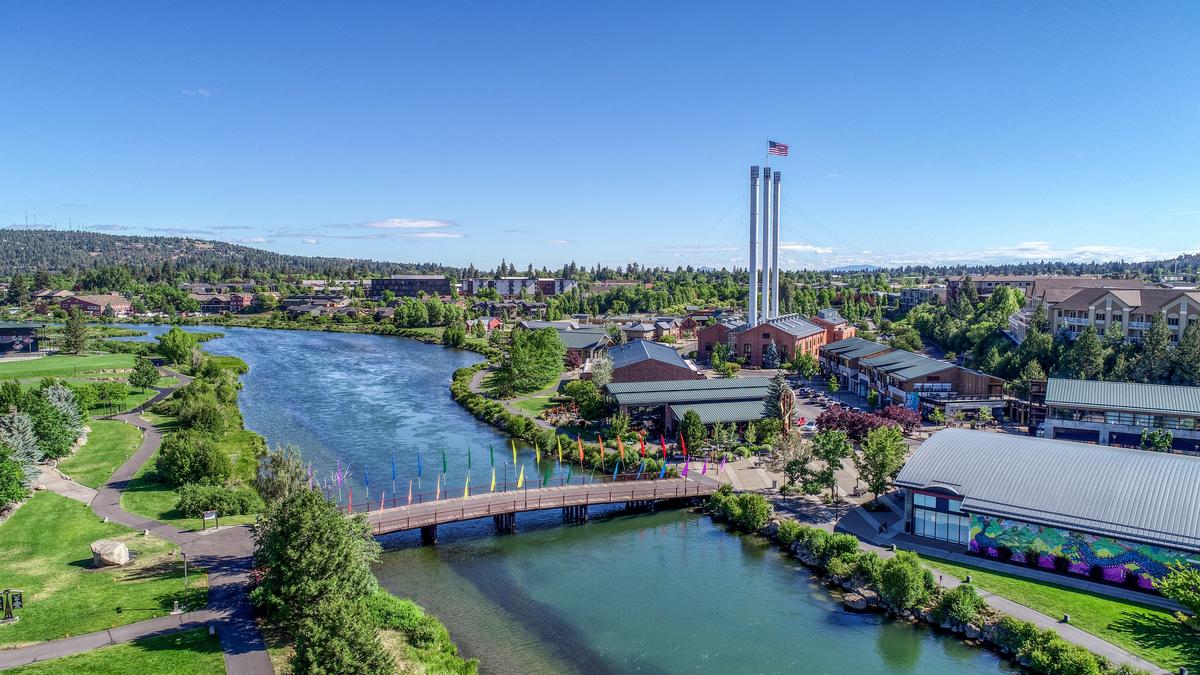
6. Bend, OR
Located in Deschutes County, where it also serves as the county seat, this is the largest city in Central Oregon (6th largest overall in Oregon) and one of my favorite romantic weekend destinations on the West Coast! The city lies on the eastern edge of the Cascade Range along the Deschutes River and spans about 33 square miles. According to the 2020 census, Bend’s population was 99,178, with more recent estimates (2025) suggesting around 105,000.
The community traces its early settlement back to the late 1800s and was officially incorporated in 1905. Bend developed as a logging town, but today it is best known for its outdoor recreation, thriving craft beer culture, and proximity to both the Cascade Mountains and the high desert. It has become one of Oregon’s fastest-growing cities, attracting visitors and new residents with its balance of natural beauty and small-city charm.
- Location: Central Oregon, along the Deschutes River at the eastern edge of the Cascade Range
- Population size: Around 105,000 residents
- Map & Directions
What I loved best:
Strolling along the Deschutes River and then sampling local craft brews at one of Bend’s many microbreweries was my personal highlight.
Booking Checklist
1. Book Your Flight - I use Expedia because I like their mobile app with my itinerary. They've helped me re-book flights on many occasions. Once you reach their Gold tier, support is especially good.
2. Book Your Hotel - I use Booking.com or Expedia, depending on my destination.
3. Book Your Rental Car - I use Expedia.
4. Book your tours on Viator or Get Your Guide.
5. If you are planning to visit more than three national parks in the next 12 months, buy the America the Beautiful Pass.
